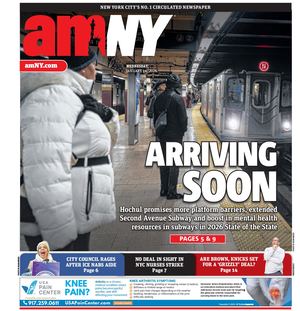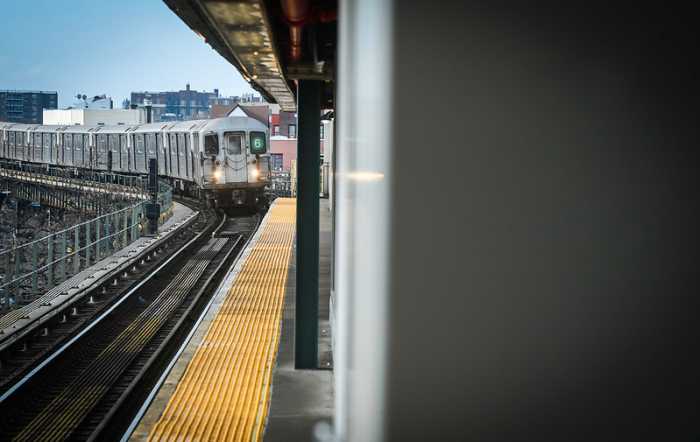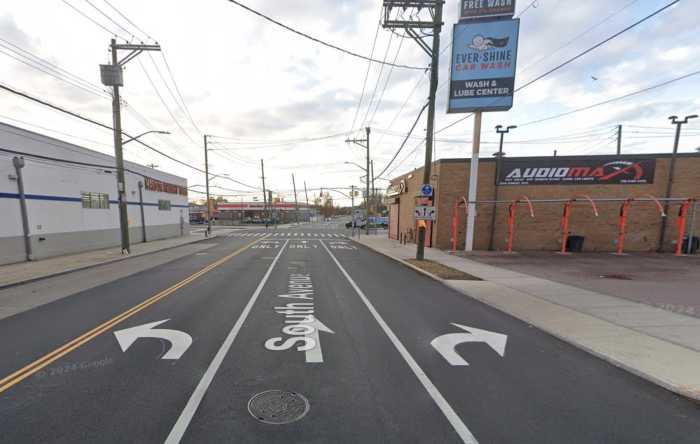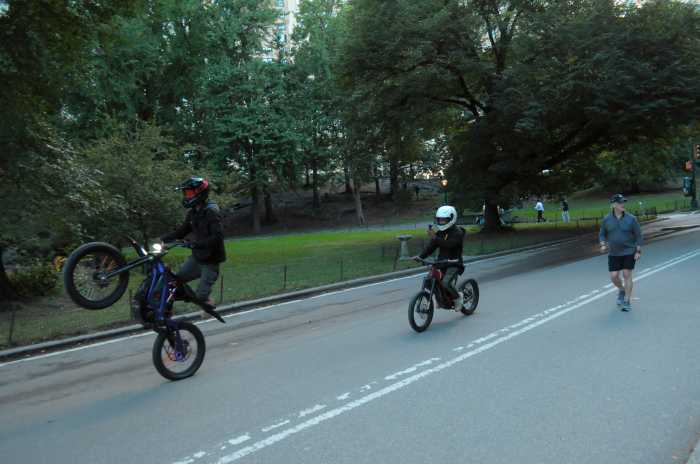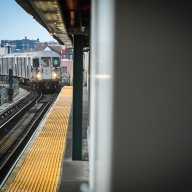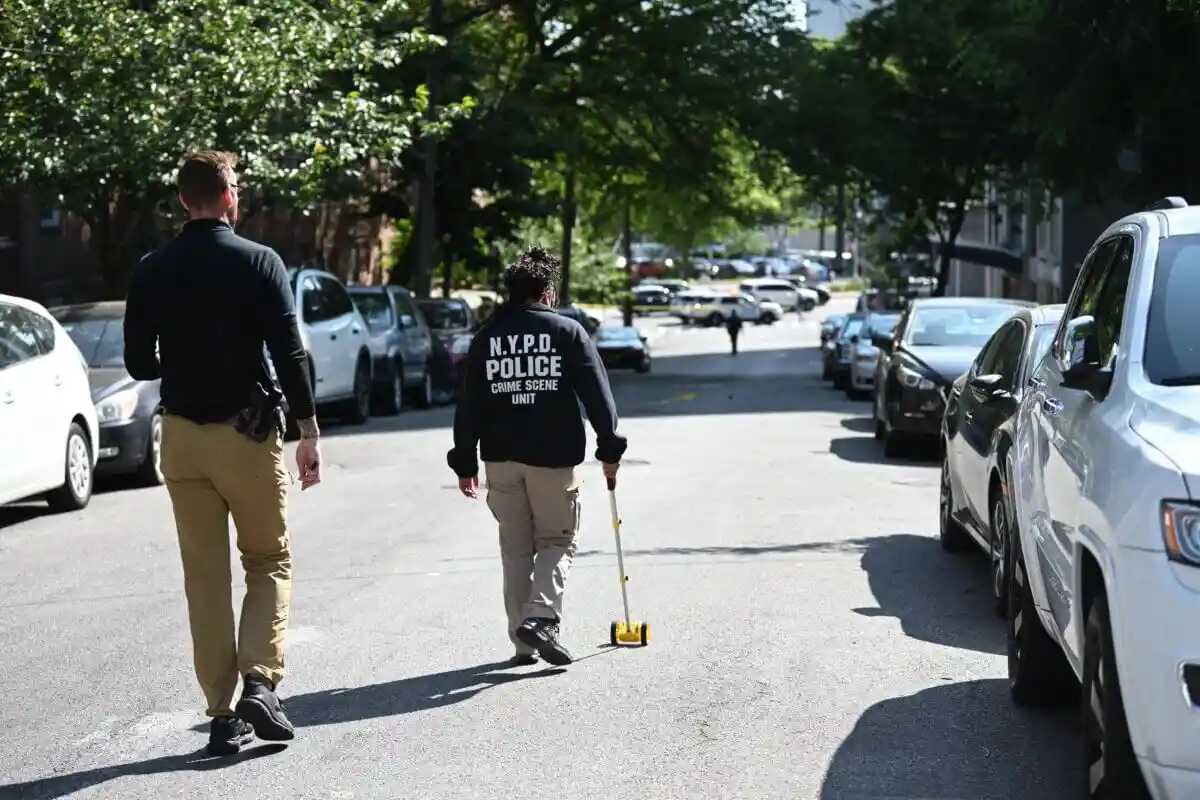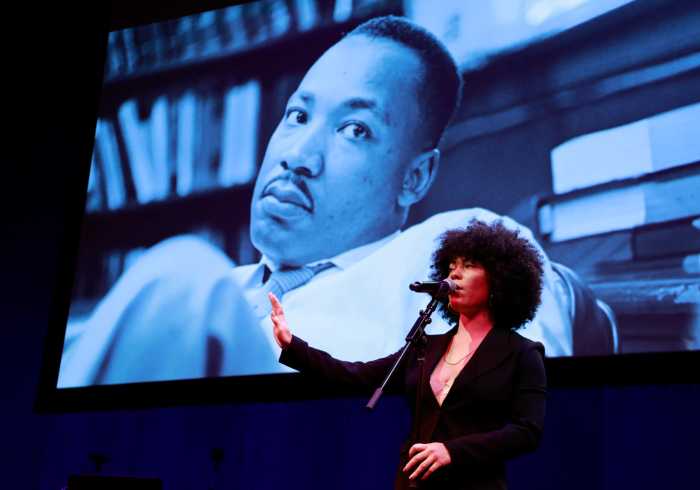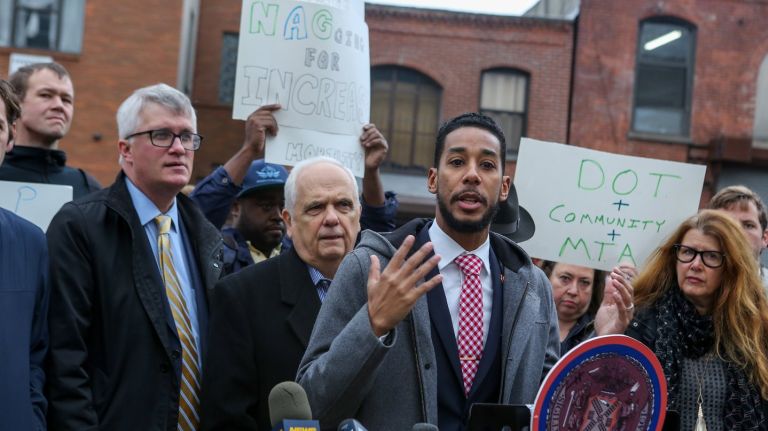
The city and state are failing to properly plan for the looming L train shutdown while keeping the riding public in the dark on travel alternatives, according to a group of elected officials and community leaders that is sounding the alarm.
With the most severe service outage in MTA history just over a year away, the city’s Department of Transportation and the MTA have not come forward with official plans to work around the shutdown of the L line to and through Manhattan. This has stirred fears that the agencies aren’t piecing together a comprehensive strategy to move the 250,000 weekday commuters who rely on the L to get between the borough and Brooklyn each day.
“At this point, the deadline draws nearer and nearer and for a lot of the folks in my community, for many of us elected officials, the information getting back to us from the MTA and DOT has been extremely limited to nonexistent,” said Brooklyn Councilman Antonio Reynoso, who pointed out that local streets and nearby train lines in his district are already overburdened, at a news conference in Williamsburg Tuesday. “I can only imagine what’s going to happen when the L train shuts down.”
After securing the timeline for a 15-month L service shutdown, starting in April 2019, the MTA and DOT this June began to pitch community boards on draft proposals for mitigation ideas.
They’re considering new shuttle bus service over the Williamsburg Bridge, potentially with dedicated bus and HOV lanes; increased service on the J, G, and M lines; enhanced regular or Select Bus Service across town in Manhattan; and additional New York City Ferry service. The MTA expects most L train riders — between 75 and 85 percent — to switch to other train lines that serve Brooklyn neighborhoods.
But some of those relying on the L could see an increase in commute times upward of 30 or 40 minutes, according to one analysis.
While formal details remain scarce, many feel the solutions offered in the draft proposals won’t match the efficiency of subway service, or that they overlook improvements to infrastructure like boosting Citi Bike service or increasing access to neighborhood subway stations.
Advocates from Transportation Alternatives have pitched closing major corridors to private vehicles, specifically 14th Street in Manhattan and Grand Street in Brooklyn, in order to give dedicated space to cyclists and buses.
“The plan right now is to send them to other train lines,” said Luke Ohlson, from Transportation Alternatives. “That does not help the local businesses that are around here . . . I do not think that people are prepared for the amount of traffic and congestion that the lack of preparing is going to bring to this neighborhood.”
The DOT has appeared sensitive to disrupting traffic around either Grand or 14th streets, but local elected officials believe some sacrifices for mass transit must be made.
Dedicated bus lanes over the Williamsburg Bridge are essential, according to Brooklyn Councilman Stephen Levin, who predicts that a planning divide between the DOT and MTA — effectively led by the clashing Mayor Bill de Blasio and Gov. Andrew Cuomo, respectively — could lead to complications.
Neither agency has met with elected officials or members of the L Train Coalition in six to nine months, Levin and his colleagues said.
“I can just see: May 2019, the headline, ‘L train catastrophe; city blames state.’ The next day: ‘L train calamity; state blames city,” Levin said. “The message has to be clear to the state and the city, the MTA and the DOT: start talking to each other; start talking to us.”
DOT spokesman Scott Gastel said in a statement that the agencies are “working diligently on a daily basis” to address the “substantial commuting and travel distribution” to come.
“This yearlong collaboration is reinforced by the tremendous resources going into mitigation plans,” he said. “We are still in 2017 and with a year and a half before the closure takes effect, commuters want to take comfort that we are putting in the time to have the best plan possible.”
Shams Tarek, an MTA spokesman, refuted claims that the agencies weren’t working together or including the public in discussions.
“We’re working collaboratively with New York City DOT and developing a comprehensive plan to mitigate the issues caused by the badly-needed L train tunnel repairs in 2019,” Tarek said in a statement. “During the entire process, we’ve made community engagement an essential priority — with 39 community briefings since May 2016 — and that extensive outreach will absolutely continue as we move forward.”
Businesses that have thrived around the L are also playing a wait-and-see game, concerned that North Brooklyn’s status as a tourist and nightlife destination could be in jeopardy.
Steve Hindy, a founder of Brooklyn Brewery, estimates that half of his brewery’s visitors are tourists.
“Most of those tourists come on the L train,” Hindy said. “We have very limited hours and don’t serve food. So all those visitors are spending money in restaurants and shops in the neighborhood. So it’s not just the brewery that’s impacted; it’s the whole neighborhood. And I know the whole North Brooklyn business community is very, very concerned.”
